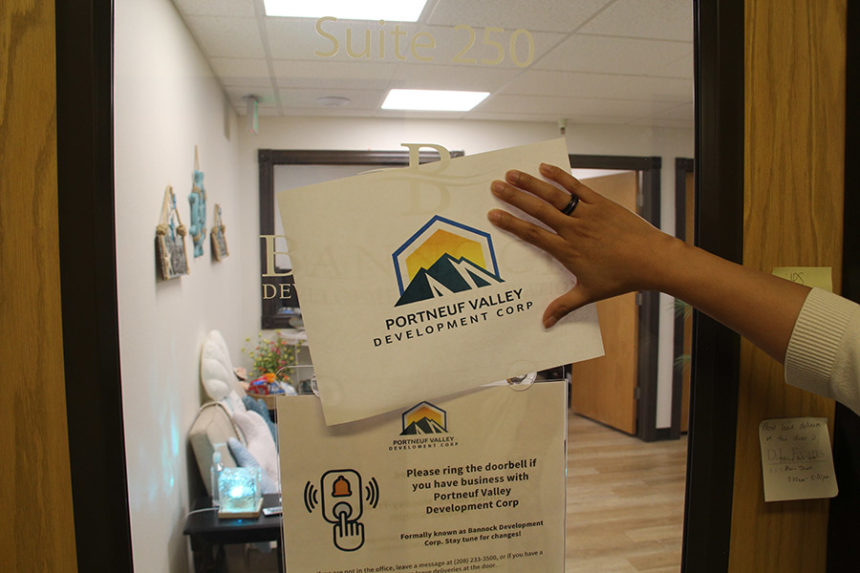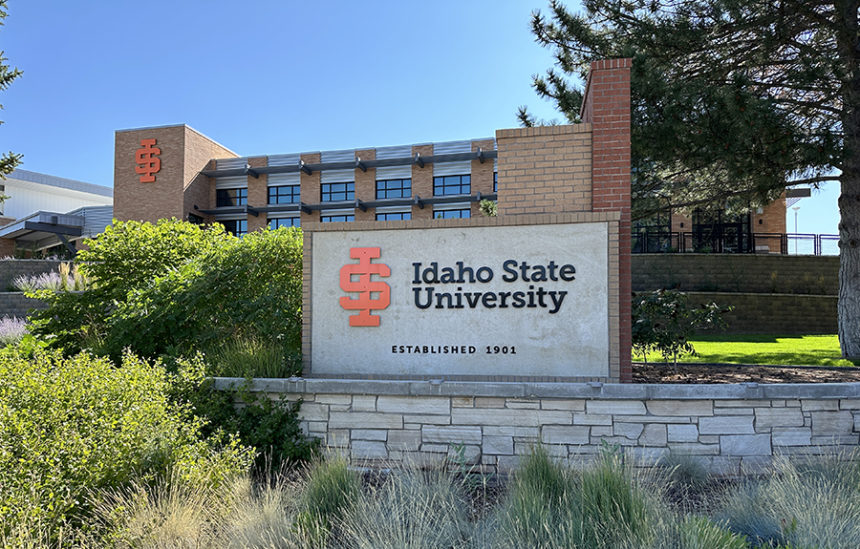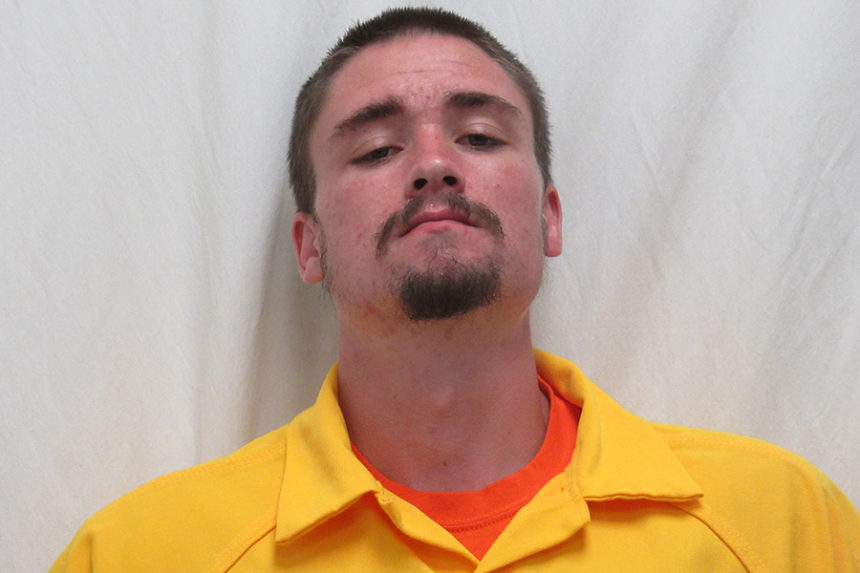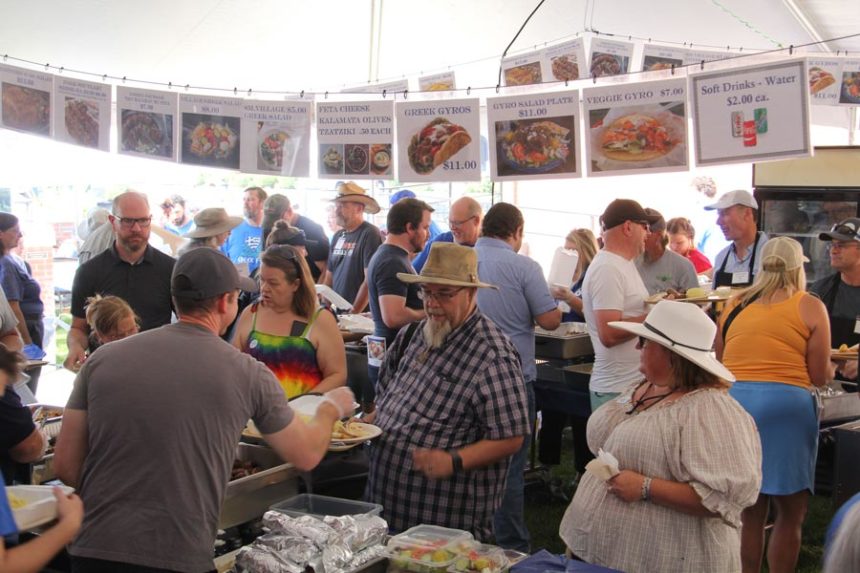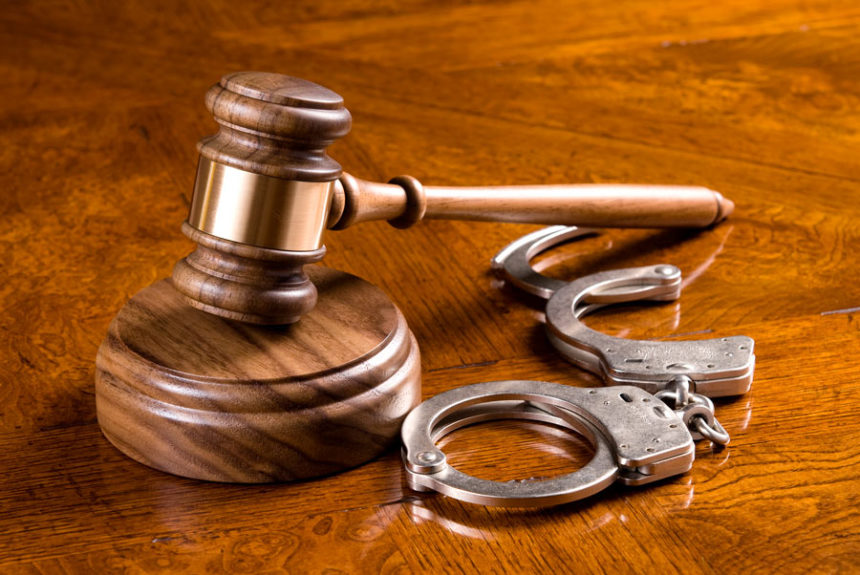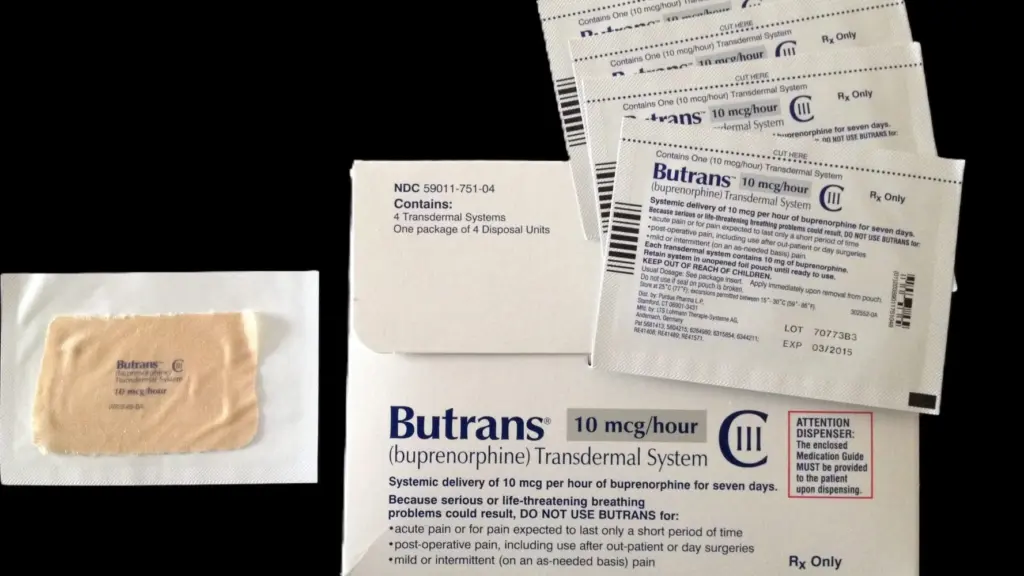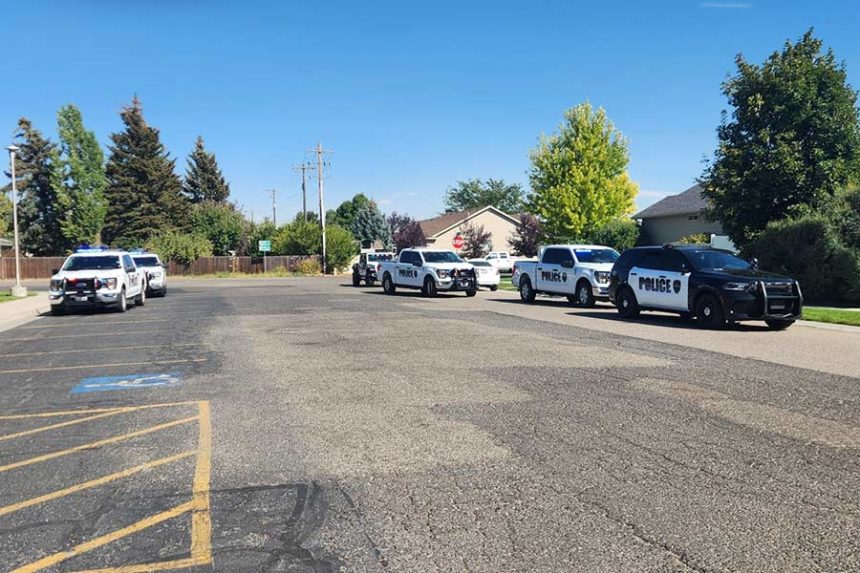POCATELLO From his position more than 2,000 feet above the ground, Greg McReynolds could see the enormous expanse of the Portneuf Valley below.
He stood close to the summit of Chinese Peak, where cars traveling on Interstate 15 appear to be little more than dots. He could see Chubbuck and all of Pocatello to his right. The city’s trees were more visible than its highways at this altitude. He could make out the entrance to a tiny area of the enormous Caribou-Targhee National Forest on his left, where Bannock Highway leads out. It takes less than 30 minutes to get to this area of the forest, even for those who live north of Chubbuck.
McReynolds, a Pocatello resident and hunter, serves as executive director of Idaho Rivers United, a statewide conservation organization.
McReynolds told EastIdahoNews.com, “I see a community that is completely connected to public lands,” as he gazed down into the valley. That immediate connection and access are present in all we do.
Access is threatened, he said.
The latest proposal to dispose of public lands
The One Big Beautiful Bill Act (OBBBA), a significant budget reconciliation bill currently under consideration in the Senate, would have been altered by the legislative language offered on June 11 by Sen. Mike Lee, R-Utah, chairman of the Senate Committee on Energy and Natural Resources.
RELATED | A political battle is being rekindled by Republicans’ efforts to sell public lands in the West.
If approved as suggested, it would have allowed for the disposal of more than 250 million acres (390,625 square miles) of public lands under the management of the Bureau of Land Management and the U.S. Forest Service. The legal process of selling, trading, or transferring public lands to other organizations is referred to as disposal in this context. These organizations might be private landowners, state governments, or other federal authorities.
RELATED | A Republican from Utah wants to sell almost two million acres of US property.
RELATED LINKS There will be signage prohibiting trespassing. Under the proposed federal budget, public lands in Idaho might be auctioned.
As originally suggested, the amendment specifies that the land would be used to solve local housing requirements (such as housing supply and affordability) or any related community needs and would be sold through a competitive sale, auction, or other means.
After the Senate lawmaker determined that the measure violated the chamber’s rules on Monday, Lee indicated on social media that he intended to revise it.
RELATED | Senate rules are broken by the GOP’s plan to sell almost 2 million acres of federal lands.
The parliamentarian helps the chamber interpret rules and procedures in their neutral consultative capacity. Although it is uncommon, the chamber has the authority to overrule a parliamentarian’s decision.
According to a report published by Deseret News on Tuesday, Lee was scheduled to deliver an updated plan to the lawmaker on Wednesday. An official version of the plan has not yet been made available to EastIdahoNews.com.
Only BLM land located within five miles of population centers will be eligible for disposal, Lee stated in a post on Monday, removing all Forest Service area from the proposal.
Families are being destroyed by rising housing costs, which also prevent young Americans from relocating to their hometowns. That must be changed.
Thank you, Americans! Here’s what I want to do:
1. Get rid of all Forest Service property. Our woods are not being sold.
2. IMPORTANTLY DECLINE
June 24, 2025, Mike Lee (@SenMikeLee)
How are land disposals conducted?
Multiple calls for response from Lee’s spokesman were not answered, but Idaho BLM Deputy State Director of Communications Serena Baker explained the standard legal procedure for disposing of land.
For particular regions, the BLM creates resource management plans that assess the potential effects of resource extraction or community growth on wildlife, air quality, and the ecosystem overall.
According to Baker, the BLM looks at things like how everything works together, how that affects the land, and how we can best manage that area to fulfill our multiple use and sustained production objective.
According to Baker, obtaining public opinion on possible land disposals is a crucial and legally mandated step in the procedure. Throughout the process, there are several chances to offer feedback. According to Baker, they encourage candidates to get community input before things start.
During this process, the BLM depends on the public to voice their opinions, particularly individuals who spend time recreation on land that may be disposed of.
Given the size of public land, the public serves as our eyes and ears on the ground. Since we are unable to be everywhere, we need the opinions of everyone who is out there enjoying and recreating on public lands in order to provide us with that information. Baker said, “We need your eyes and ears to tell us.”
The BLM has already invested time in reviewing resource management plans to find areas that would satisfy its disposal requirements, though Baker is unsure of the precise procedure that would be followed if a revised version of Lee’s amendment were to pass in the OBBBA.
Lee’s initial amendment established a hierarchy for the distribution of lands in the event that the law was approved:
(B) are close to already-developed areas;
(C) possess the ability to utilize the current infrastructure;
(D) are appropriate for household use;
(E) lessen land patterns using checkers; or
(F) are discrete tracts that are difficult to control effectively.
Would the proposal bring affordable housing to Pocatello?
Among other things, the idea aims to make housing more affordable for hardworking American families, according to a remark from Lee in a committee news release.
High-end housing is abundant in the Gate City, according to Mark Dahlquist, executive director of Neighborworks Pocatello, a nonprofit that builds affordable housing. According to him, homes priced between $400,000 and $500,000 are more typical.
Dahlquist stated that the housing stock would last for several months.
Dahlquist instead said that Pocatello is devoid of reasonably priced housing, stating, “We’re always in a shortage of the small-square-foot, affordable homes.”
The Neighborworks For a number of reasons, including the expense of establishing infrastructure such as sewer lines and water services, Pocatello and similar groups are unable to construct cheap housing outside of town. Dahlquist would rather see upscale real estate constructed on such property.
According to Dahlquist, having a location near infrastructure is crucial when attempting to build a home. Going to a remote location with minimal infrastructure is extremely difficult for an affordable housing developer.
Dahlquist stated that his organization would not be interested in developing BLM land that surrounds the city if it were to become available.
Dahlquist stated, “We wouldn’t even really entertain the idea.”
McReynolds doesn t believe the fight is over
After bipartisan opposition to Lee’s proposal had already grown, McReynolds led EastIdahoNews.com to the summit of Chinese Peak on Monday afternoon.
On that day, more than a hundred nonprofit organizations, including Idaho Rivers United, issued a letter to the governors of western states encouraging them to oppose the proposal. Sens. Mike Crapo and Jim Risch, both of whom are Republicans from Idaho, spoke out against it on Friday before that.
RELATED | Senators Risch and Crapo of Idaho voice opposition to the public land-sale clause
McReynolds isn’t prepared to declare victory despite the parliamentarian’s decision on Tuesday until the budget is approved without include any provisions for public property sales.
In Lee’s initial plan, at least 0.5% and up to 0.75% of Forest Service and BLM lands—that is, at least 2.1 million acres and up to 3.2 million acres of public lands—would have had to be disposed of. Overall, there aren’t many public lands in the West like this, and Lee’s proposed revision would just add to that.
However, McReynolds emphasized that losing these acres would still be significant because they would be key acres.
Access points to public areas, particularly those in the Portneuf Valley, are frequently located within five miles of a city, as McReynolds noted. He also drew attention to the fact that Lee’s initial amendment included isolated property tracts as one of the factors taken into account when determining which lands should be disposed of.
“There will be more isolated parcels (of public lands) if you sell off the access points that are next to roads, rivers, and trailheads,” McReynolds stated. Will they then return with a new bill to sell off additional isolated parcels?
McReynolds used the example of the Cusick Creek Trail. The trailhead quickly enters BLM-managed land even though it isn’t on BLM property.
The land next to the parking lot would be private, but I suppose we still own the lot, McReynolds remarked.
Baker emphasized that the BLM evaluates whether or not a land disposal is in the best interest of people using public lands.
If a parcel of public land has been identified for disposal, when a party expresses interest, the BLM would once again look at all of the surrounding factors. We want to ensure than any land sale, exchange or transfer is in the interest of the American public. If a land sale blocks public access, then that would not be in the public s interest, Baker said in an emailed statement.
Baker also pointed out that the BLM does manage lands that don t have public access points, but they have, perhaps, other access through adjacent landowners. But Baker also acknowledged that its up to the discretion of those landowners whether or not people can use their property to access public lands.
Although the future of Lee s proposal is still unclear, he has not signaled any intention of backing down.
Keep an eye out. We re just getting started, Lee s post ends.




